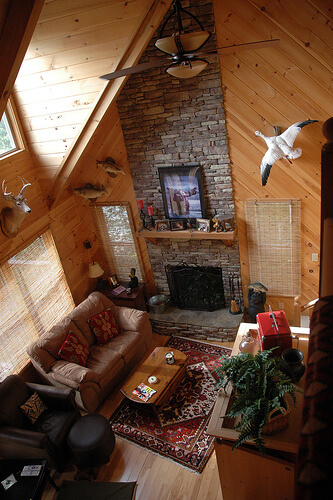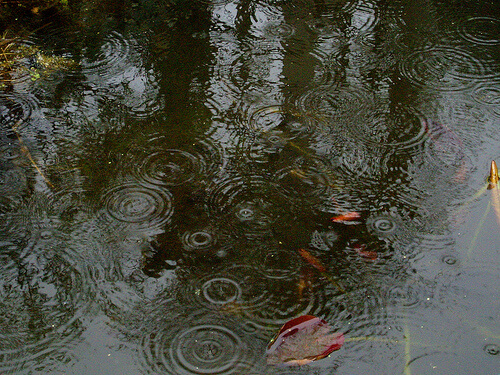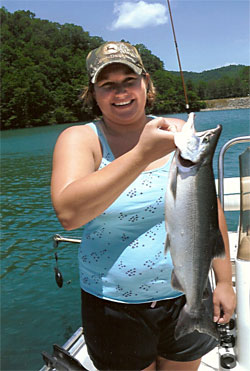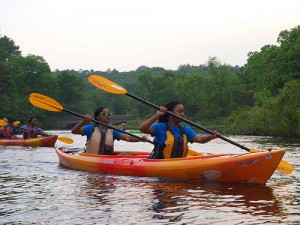Reflections on Lake Nantahala offers the perfect location for your new lake house. With a great view of the lake, quick access to the water with the nearby marina and dock, and the perfect, tranquil mountain setting in North Carolina, you have everything you need around you to provide the perfect lake house setting. Now that you have the setting, it’s time to think about what’s going inside of your lake house and in the lake house design. Here are a few ideas we have to help make your new home even more spectacular:
Incorporate natural colors into your home.
Life at the lake is all about getting back into sync with a slower pace of life and nature, so surrounding yourself with natural hues will help add to the feeling. Go rustic with exposed woods and rich autumn shades inspired by the leaves around you in the fall. If you want a more modern and chic look, incorporate a country white wash or white space as well as shades that you’d see in the water, such as the deep blue or soft green that Lake Nantahala showcases from a distance.
Be smart with storage.
Built ins are a great way to add space and interest to your home without sacrificing any square footage. Consider adding book shelves under your stairs or cubbies in the bathroom for towels and toiletries. If you want to get really creative, consider a modern design such as these Murphy style bunk beds.
Add a touch of whimsy and personality.
The lake house is your retreat, whether you live at Lake Nantahala year-round or just come for regular visits. Let your home show off the same care-free spirit you want to have while you’re there by adding fun accents with a lake theme, or just items that reflect your personality. Not feeling really inspired? Scour sites like Pinterest or Etsy for great lake house decor ideas and sources to find what fits your style.
Photo via Flickr CC.








